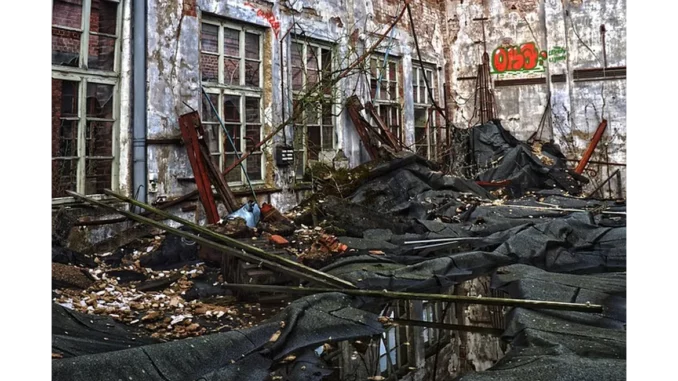
The recent financial collapse of Camstead Homes, a prominent house-builder rooted in Leeds, has reverberated across the UK construction sector, casting a spotlight on the industry’s inherent vulnerabilities. The appointment of administrators and the ensuing halt in construction at three significant development sites illuminate the economic pressures that have beleaguered housebuilders, including the escalation in material costs and soaring interest rates.
Focus360 Energy: property compliance services – pre-planning to post-construction. Learn more.
Camstead Homes, revered for its luxury residential undertakings, faces a precarious future. The cessation of work at pivotal sites such as Blackberry Walk in Derwenthorpe, Tailors Green in Shepley, and The Heath in Adel underscores the financial constraints throttling the company. This development not only jeopardises the firm’s prospects but also plunges homeowners and investors into uncertainty, raising questions about the stability of commitments that seemed secure.
Tasked with navigating this financial quagmire are administrators James Clark and Howard Smith from Interpath, who are exploring viable pathways to resume operations at the paused projects. Among the strategies under consideration is the potential sale of the Blackberry Walk site, aimed at luring prospective buyers capable of completing the development. Unfortunately, the fiscal turmoil has necessitated significant workforce reductions, with a mere two employees retained and others facing redundancies, reflecting the financial strain that has become all too common in the sector.
The year 2024 has undeniably posed formidable challenges for the construction industry, of which Camstead Homes is but one casualty. A convergence of escalating raw material costs, razor-thin profit margins, and rising interest rates has imperilled the company’s financial viability. This predicament mirrors the broader struggles within the sector, where housebuilders must come to terms with an evolving economic landscape. The collapse of Camstead Homes exemplifies the systemic vulnerabilities within the construction industry. Rising material costs, compounded by global supply chain disruptions, exert immense pressure on housebuilders. Furthermore, increased interest rates have strained the financial feasibility of construction projects, complicating efforts to maintain profitability and deliver on commitments.
Amidst these challenges, there is a concerted effort to find solutions that mitigate the fallout from Camstead Homes’ collapse. Administrators are collaborating closely with stakeholders to identify strategic options for each development, aiming to secure buyers or investors capable of completing the paused projects. This approach highlights a commitment to navigating the turbulent landscape of the industry and minimising disruptions for affected homeowners and residents.
The scenario faced by Camstead Homes underscores the urgent necessity for the construction sector to adapt to shifting economic conditions. Housebuilders must devise innovative strategies to manage soaring costs and sustain profitability in an unpredictable market environment. This may involve exploring alternative construction methods, harnessing technology to enhance efficiency, and diversifying revenue streams to reduce dependency on traditional housing projects. The financial turmoil experienced by Camstead Homes also emphasises the importance of robust risk management strategies within the construction industry. Companies must proactively assess and mitigate risks associated with economic fluctuations, material cost increases, and regulatory changes. By embracing a proactive approach to risk management, housebuilders can better position themselves to confront future challenges and ensure long-term sustainability.
Drawing these threads together, the collapse of Camstead Homes serves as a clarion call for the construction industry. It illustrates the imperative for housebuilders to adapt to evolving economic conditions, implement effective risk management strategies, and explore innovative solutions to counteract rising costs and interest rates. By addressing these challenges head-on, the industry can forge a more resilient and sustainable future, ensuring it remains capable of meeting the housing needs of the nation while navigating the complexities of a dynamic economic landscape.


Be the first to comment